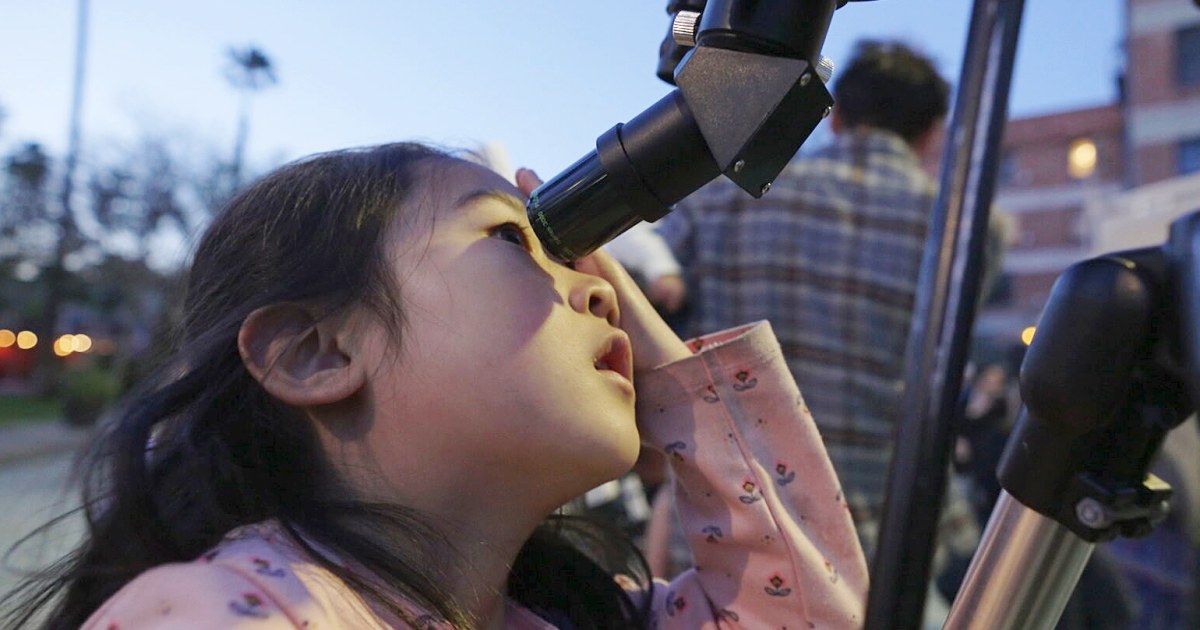
Carbon Dioxide Scrubbers
Carbon Dioxide Scrubbers are devices used to remove carbon dioxide (CO2) from the air in closed environments such as spacecraft, submarines, and underground bunkers. In space missions, carbon dioxide scrubbers are essential to maintain a breathable atmosphere for astronauts. The process of removing CO2 from the air involves passing the air through a sorbent material that selectively absorbs CO2. The sorbent material is then regenerated by heating or exposure to vacuum, releasing the absorbed CO2. The efficiency of carbon dioxide scrubbers is measured by their ability to remove CO2 from the air and their durability in harsh environments. Carbon dioxide scrubbers have been used in various space missions, including the Apollo missions and the International Space Station.
Your Previous Searches
Random Picks
- Asteroids: Asteroids are small, rocky objects that orbit the sun. They are also known as minor planets or planetoids. Most asteroids are found in the asteroid belt, a region between the orbits of Mars and Jupiter. However, some asteroids have orbits t ... Read More >>
- Positive Air Pressure: Positive air pressure is a condition in which the pressure inside a spacecraft or a space suit is greater than the pressure outside. This is achieved by pumping air into the spacecraft or the suit. Positive air pressure is necessary to main ... Read More >>
- Orbiting Bodies: Orbiting bodies refer to celestial objects that revolve around a larger celestial body due to the force of gravity. In the context of space and astronautical engineering, orbiting bodies are of great importance as they are the primary focus ... Read More >>
Top News

Easter's date remains divisive. Some church leaders want that to change...
Eastern and Western churches will celebrate Easter on the same day this year, while marking 1,700 years since the Council of Nicaea unified Christian doctrine...
News Source: ABC News on 2025-04-19

In a city of stars, Los Angeles astronomy club makes sure to keep looking up...
LOS ANGELES — While Los Angeles is home to the biggest stars in the world, a monthly get-together is proving that the city’s rich and famous have nothing on the universe....
News Source: NBC News on 2025-04-18

This week on "Sunday Morning" (April 20)...
A look at the features for this week's broadcast of the Emmy-winning program, hosted by Jane Pauley....
News Source: CBS News on 2025-04-17

Scientists detect strongest hints yet of life on a distant planet...
Scientists have detected unique chemical patterns similar to those produced by the Earth's algae and seaweed — raising the possibility of the presence of a warm ocean, perhaps teeming with life, on ...
News Source: NBC News on 2025-04-17

Is there life on another planet? Scientists find the strongest evidence yet...
Near a planet far, far away astronomers have found traces of chemicals that on Earth are only produced by living beings....
News Source: Al Jazeera English on 2025-04-17